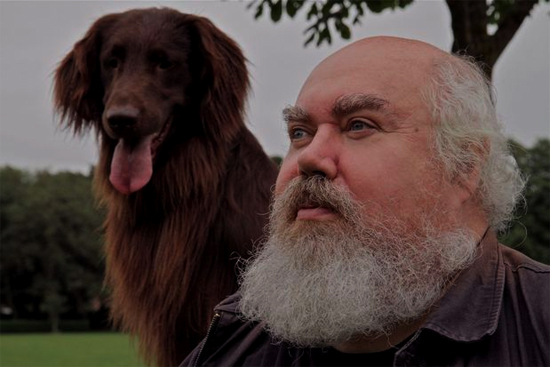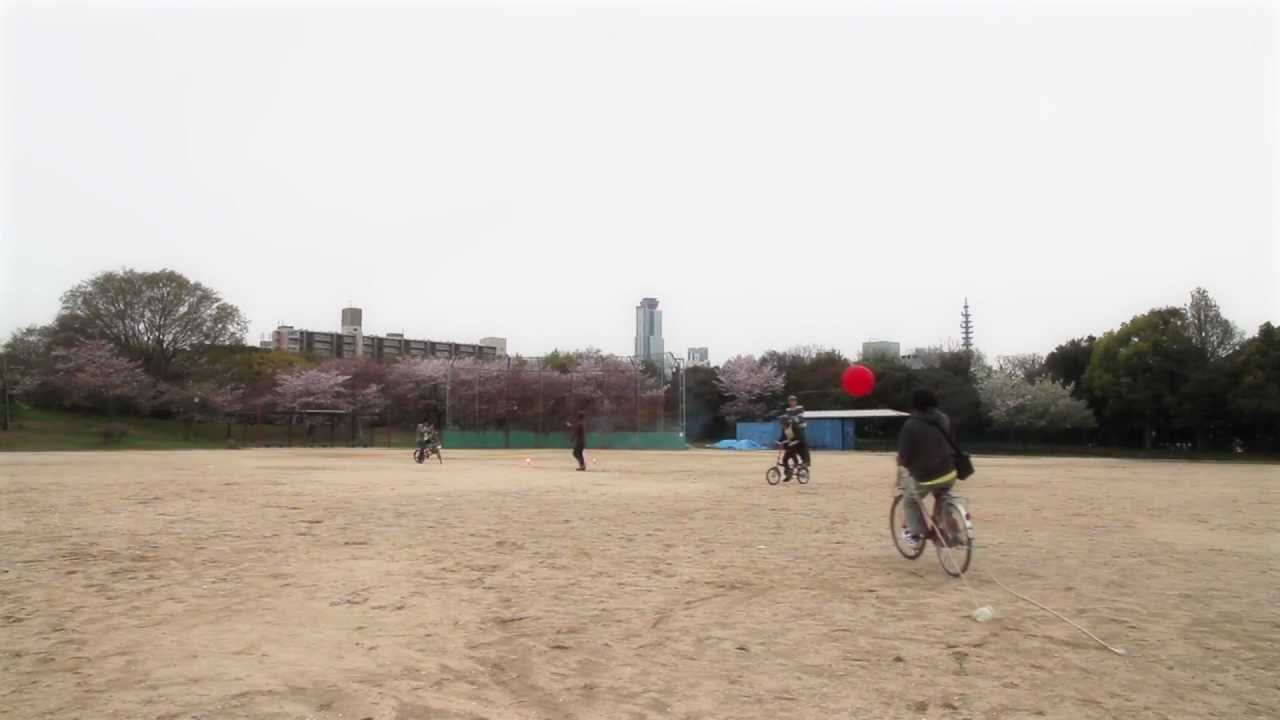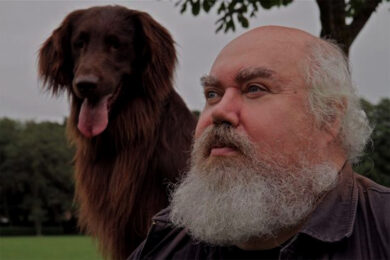Used to making records on the shoestring-skin of his teeth, the recording of Bill Well’s current ‘solo’ album Lemondale proved that sometimes actually having a budget creates a whole other funfair of farcical possibilities. With enough cash to travel to Japan to collaborate with (mostly non-English speaking) musicians he’d dreamed of making a record with, he somehow pulled it off despite speaking no Japanese. Recently completed, a video for the title was made by Tetsuya Umeda – who plays the electric fan etc on the record, and features both Saya from the Tenniscoats and Kazumi Nikaido, the singers on the song itself. And yes – if the steady, heady piano chords recall ‘A White Shade of Pale’ (or rather Bach’s ‘Sleepers Wake!’ and ‘Air on a G String,’ both echoed in the Procol Harum song) – then that just adds to the dreamy, hazy cosmic jive of this singular album.
In 2004, after touring Japan with Maher Shalal Hash Baz, Wells and Maher made Gok (released on Geographic in 2009); Lemondale – or what would become Lemondale was born from Wells’s desire to work again with the Japanese musicians he loved, but in a more controlled setting. In, 2006 Wells toured the Highlands and Islands with Kama-Aina and the singer Kazumi Nikaido, but it wasn’t until July 2008 that he was able to afford to travel to Japan again to record. You can watch the video for title track ‘Lemondale’ below, and further down the page, read Bill discussing how the record was made.
Here’s Bill on how the record was made:
"In order to organize and set up the recording in 2008 I went to Japan for a period of two and a half months and generally just played things by ear when I got there. Though nothing had been fixed, the majority of the players on the record had been already provisionally approached, [although] I did find a few more on the way."
"Very early on I met Tetsuya, who when I first saw him was fixing a fan in a friend’s vegan restaurant – I at first assumed that this was just a kid that fixed fans; it transpired that he was actually an established sound artist and his main instrument seemed to be an electric fan. When I first spoke to him I was surprised to learn that he had already played in Glasgow as part of Instal in 2006. Whenever I started to talk to him I knew that I wanted him to be on the record. During my visits to Japan, I saw him not only as part of the line – up of Tenniscoats but also OneOne, Saya’s collaboration with Deerhoof’s Satomi and Greg. As I said before I felt he had to be part of my album, though he ventured that he tended to make exactly the kind of noises that engineers usually try to remove from recordings. It occurred to me that for someone whose main instrument seemed to be electric fan he was getting a fair amount of work on that instrument.
Also early on in my stay, I bought, with the help of Satoko Fuji and her partner Natsuki, both of whom I was coincidentally staying very near to, a MIDI keyboard so that I could record demos of the material. Simultaneously I discovered where I could buy baked beans which was, even on my third visit, a huge revelation for me.
"Around that time I had a dream about an imaginary Japanese soap opera called Lemondale; I can’t remember anything about it except when the credits came up there was this theme tune which I could clearly still hear in my head and so immediately recorded.
"There then arose the chance to do gigs with Saya and Ueno from Tenniscoats in both Matsuyma [Maher leader Tori Kudo’s home town in the South of Japan] with Maher Shalal Hash Baz and then in Osaka, with Nikaido Kazumi. I hadn’t planned to travel about to record in Japan but it was beginning to dawn what a mighty task it was going to be to put this whole thing together, and I was actually starting to wonder if it would even be possible, so I thought it was worth it to get some recording done at least, especially with these people, whom I wanted to be on the record. Both sessions were ‘informal’, not really within my control, and as much a social as a work occasion.
"This was potentially an amazing line up – Tori, Reiko and Namio Kudo, for me the nucleus of Maher, along with Saya and Ueno who are [just] very wonderful.
"The day after that was the Osaka session which was a bit more productive, it also included the participation of Tetsuya which was a pleasant surprise. [At one point we played a]10 minute jam over a simple riff which is actually quite dull I think, at least until about half way through when the owner of the studio spontaneously starts to sing and livens things up a bit. That sound at the end of it is Tetsuya ‘playing’ a roll of sellotape by the way!
"There was a two day festival following that session and I met Tatsuhisa Yamamoto, who was to play drums on the record – though I didn’t actually realize this till later after I returned to Tokyo. I didn’t even know he was a drummer at this point and certainly wouldn’t have guessed it since he had a very bad leg and needed a stick to walk. I later discovered that there is actually a bit of a tradition in Japan of incredible drummers with bad legs!"




